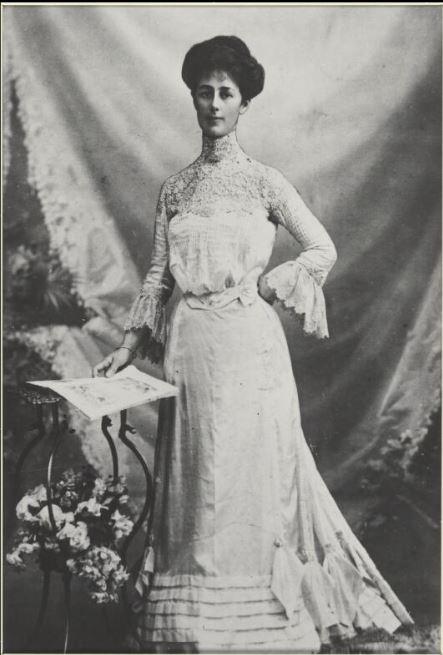Forging the Nation - Vida Goldstein
- Forging the Nation: home
- Federation
- National identity
- Seeking security
- The First World War
- Towards the future
- Australians
- Introduction
- Australian Men
- Australian Women
- Vida Goldstein
- John Monash
- Nellie Melba
- Douglas Mawson
- David Unaipon
- Simpson and his donkey
- Charles Bean
- Les Darcy
- Albert Jacka
Peace activist
Introduced into the fight for women's suffrage by her mother, Vida Goldstein took an early interest in politics. In 1903, as an Independent, she became the first woman in the British Empire to stand for election to a national parliament. Her bid for a Senate seat failed, but she continued to fight for women's suffrage, women's rights and social justice.
Goldstein was a speaker, writer and campaigner. Throughout the war she was an ardent pacifist, became chairman of the Peace Alliance and formed the Women's Peace Army. She recruited Adela Pankhurst, recently arrived from England as an organiser. Pankhurst wrote Put up the sword and was gaoled for her radical activities.
After the war Vida took an increasing interest in international matters. She advocated disarmament and the pursuit of better living standards. Although she often proposed simple solutions to complex problems, she was recognised as a born reformer, and as a devoted and courageous woman. She died, aged 80, in 1949.

Vida Goldstein
Image courtesy of the National Library of Australia